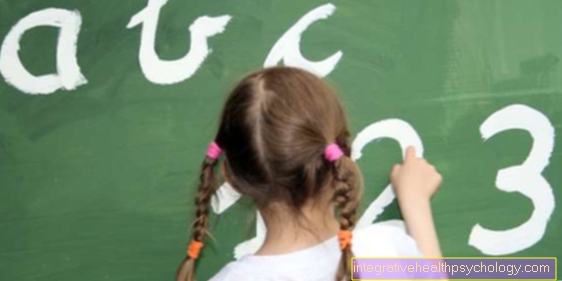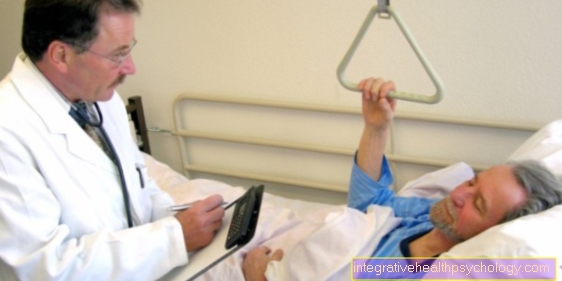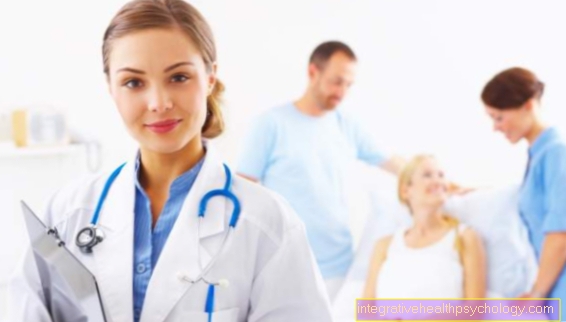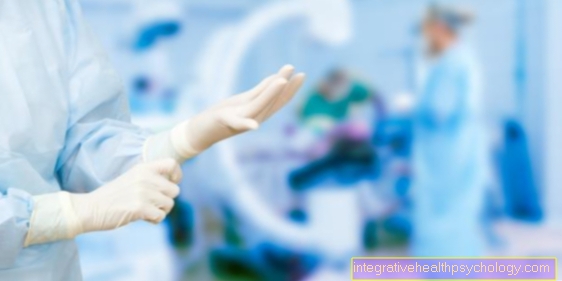Pisa study
What is the PISA study?
The PISA study is a school performance test that was introduced in 2000 by the Organization for Economic Co-operation and Development (OCED). The abbreviation PISA is written out in different ways, either in English: Program for International Student Assessment or in French: Program international pour le suivi des acquis des éléves (International program for monitoring what students have achieved).

procedure
Every three years, students at the age of 15 are given tasks to solve, which not only records the students' basic competencies but also compares them internationally. Accordingly, around 70 countries from all over the world take part.
The focus of this study is on competencies from the area of active participation in work, society and private life. This is captured with the help of reading, math, and science. The aim of the PISA study is to provide the participating countries with internationally comparable indicators on the subject of knowledge, the educational system and the general school conditions. In this way, the states can compare and evaluate their educational systems and their success internationally.
What are the consequences of the PISA study?
The German result in the PISA study provokes dissatisfaction and clearly shows that there is a need for action in Germany on educational policy. This has resulted in numerous reforms of the education system in Germany.
The student, with his or her ability and performance limits, has come to the fore. Particular attention was paid to language skills. This should now begin in kindergartens, early intervention courses in primary schools. In addition, all-day schools are being expanded. The focus here is particularly on promoting educationally disadvantaged children.
The focus of individual support should be through professionalization of the teaching activity and thus through improved pedagogical action.
The educational standard was set nationwide. It lists what students should know at the end of the fourth, ninth and tenth grade, regardless of the state. The central high school diploma was introduced in order to achieve greater comparability and quality. The learning content has therefore been standardized, while the implementation is left to the schools.
Schools will become more responsible for themselves.
In addition, educational research was expanded, including through new professorships.
Which tasks are asked in the PISA study?
The tasks of the PISA study are divided into three areas, reading skills, science and mathematics.
Reading is a test of the ability to understand the text. In addition, tasks are set that illustrate whether the student can use the texts, evaluate them, reflect on them and deal with them in order to further develop their own knowledge and potential and thus gain social participation.
The scientific tasks are about the student being able to deal with scientific ideas. So the ability to explain and evaluate natural phenomena and research results is queried as well as the ability to interpret scientific investigations.
Furthermore, the competence in mathematical thinking and the ability to use mathematical concepts, procedures, facts and instruments in order to be able to describe phenomena and explain and justify them are queried or tested.
Are the results of the different countries really comparable?
Around 70 different countries take part in the Pisa study, which is why the question arises whether the country results are really comparable. In every country, the same group of people is confronted with the same tasks. Judging from this aspect, the results are in a certain sense comparable. However, the study does not take into account the national and cultural requirements and the different school systems of the different countries. Accordingly, it is up to everyone to judge whether and how well the country results are comparable.
Why is Germany so bad in the PISA study?
Schoolchildren in Germany scored only mediocre in the PISA study and are far from the international top. The PISA study shows that academic success in Germany depends heavily on parents' income and education. Furthermore, in Germany the promotion of children from immigrant families and the promotion of children from socially disadvantaged backgrounds are less successful than in other countries. There is a connection between the history of migration and the educational success of the respective student. In Germany, the proportion of “high-risk students” who have a very poor level of performance is high. Almost half of the 15-year-olds with a migration background show poor school performance. Since, according to the OECD, more than a quarter of students in Germany have foreign roots, there are correspondingly many low-performing students. Other countries are better able to achieve a high level of competence in students, regardless of their social background.
Read our topics:
- Poor concentration
- Learning problems




























